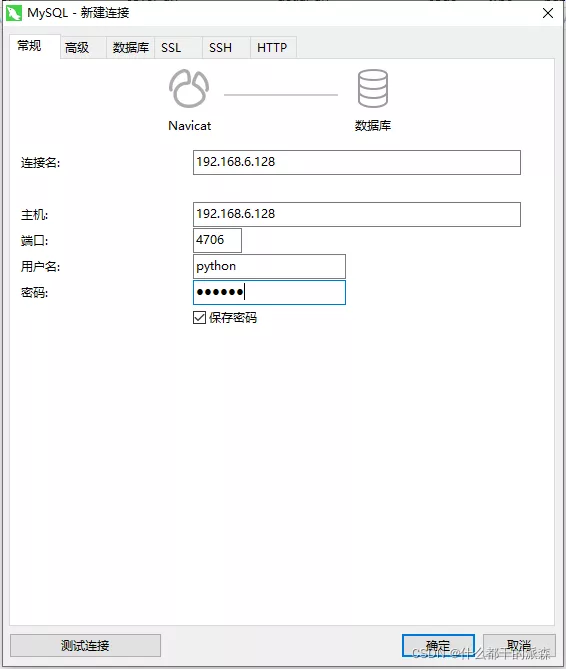当前位置:网站首页>Redis source code learning (31), dictionary learning, dict.c (1)
Redis source code learning (31), dictionary learning, dict.c (1)
2022-07-07 04:02:00 【Traceless meaning】
1 dictCreate
1.1 Method statement
Create a new hash table
1.2 Method source code
/* Create a new hash table */
dict *dictCreate(dictType *type,
void *privDataPtr)
{
dict *d = zmalloc(sizeof(*d));// Allocate memory
_dictInit(d,type,privDataPtr);// Dictionary initialization
return d;
}
1.3 Related methods
1.3.1 _dictInit
/* Initialize the hash table */
int _dictInit(dict *d, dictType *type,
void *privDataPtr)
{
_dictReset(&d->ht[0]);
_dictReset(&d->ht[1]);
d->type = type;
d->privdata = privDataPtr;
d->rehashidx = -1;
d->iterators = 0;
return DICT_OK;
}
1.3.2 _dictReset
/* Reset a hash table already initialized with ht_init(). * NOTE: This function should only be called by ht_destroy(). */
static void _dictReset(dictht *ht)
{
ht->table = NULL;
ht->size = 0;
ht->sizemask = 0;
ht->used = 0;
}
1.4 Code understanding
- First declare a dictionary structure , And allocate the corresponding memory .
- call _dictInit Initialize Dictionary .
- call _dictReset Initialize two hash tables in the dictionary .
- Set several attribute fields in the hash table to initial values .
2 dictAdd
2.1 Method statement
Add a hash node to the hash table .
2.2 Method source code
/* Add an element to the target hash table */
int dictAdd(dict *d, void *key, void *val)
{
dictEntry *entry = dictAddRaw(d,key);
if (!entry) return DICT_ERR;
dictSetVal(d, entry, val);
return DICT_OK;
}
2.3 Related codes
2.3.1 dictAddRaw
/* Low level add. This function adds the entry but instead of setting * a value returns the dictEntry structure to the user, that will make * sure to fill the value field as he wishes. * * This function is also directly exposed to the user API to be called * mainly in order to store non-pointers inside the hash value, example: * * entry = dictAddRaw(dict,mykey); * if (entry != NULL) dictSetSignedIntegerVal(entry,1000); * * Return values: * * If key already exists NULL is returned. * If key was added, the hash entry is returned to be manipulated by the caller. */
dictEntry *dictAddRaw(dict *d, void *key)
{
int index;
dictEntry *entry;
dictht *ht;
// If the dictionary is in progress rahase in , Then proceed to step rahash
if (dictIsRehashing(d)) _dictRehashStep(d);
/* Get the index of the new element, or -1 if * the element already exists. */
// Get the built index
if ((index = _dictKeyIndex(d, key)) == -1)
return NULL;
/* Allocate the memory and store the new entry */
// If in rehash in Returns the second hash In the table
// Add the new hash node to the second hash In the table
ht = dictIsRehashing(d) ? &d->ht[1] : &d->ht[0];
entry = zmalloc(sizeof(*entry));
entry->next = ht->table[index];
ht->table[index] = entry;
ht->used++;
/* Set the hash entry fields. */
// Set hash build
dictSetKey(d, entry, key);
return entry;
}
2.3.2 _dictKeyIndex
/* Returns the index of a free slot that can be populated with * a hash entry for the given 'key'. * If the key already exists, -1 is returned. * * Note that if we are in the process of rehashing the hash table, the * index is always returned in the context of the second (new) hash table. */
static int _dictKeyIndex(dict *d, const void *key)
{
unsigned int h, idx, table;
dictEntry *he;
/* Expand the hash table if needed */
if (_dictExpandIfNeeded(d) == DICT_ERR)
return -1;
/* Compute the key hash value */
h = dictHashKey(d, key);
for (table = 0; table <= 1; table++) {
idx = h & d->ht[table].sizemask;
/* Search if this slot does not already contain the given key */
he = d->ht[table].table[idx];
while(he) {
if (dictCompareKeys(d, key, he->key))
return -1;
he = he->next;
}
if (!dictIsRehashing(d)) break;
}
return idx;
}
2.4 Code understanding
- call dictAddRaw Add a hash node
- Calculate the index value of the key , If the value already exists, an error is returned
- If it's going on rehash Words , Nodes will be added to the second hash table
- Call macro definition method dictSetKey Set the key of the hash node
- Call macro definition method dictSetVal Set the value of the hash node
3 Learning summary
- When adding a new hash node , If the node already exists, an error will be reported .
- call dictHashKey Calculate the hash value of the key .
- Then calculate the index position with hash value and dictionary mask .
- Traverse two hash tables , Determine whether the key already exists .
- If the dictionary is rehash In the words of , The new node will be added to the second hash table .
- If the dictionary is rehash In the words of , Will go one step rehash The action of .
边栏推荐
- ABAP Dynamic Inner table Group cycle
- List interview common questions
- OSCP工具之一: dirsearch用法大全
- Optimization cases of complex factor calculation: deep imbalance, buying and selling pressure index, volatility calculation
- Mysql-数据丢失,分析binlog日志文件
- 链表面试常见题
- Create commonly used shortcut icons at the top of the ad interface (menu bar)
- Redis configuration and optimization of NoSQL
- 2022年电工杯B 题 5G 网络环境下应急物资配送问题思路分析
- API data interface of A-share index component data
猜你喜欢
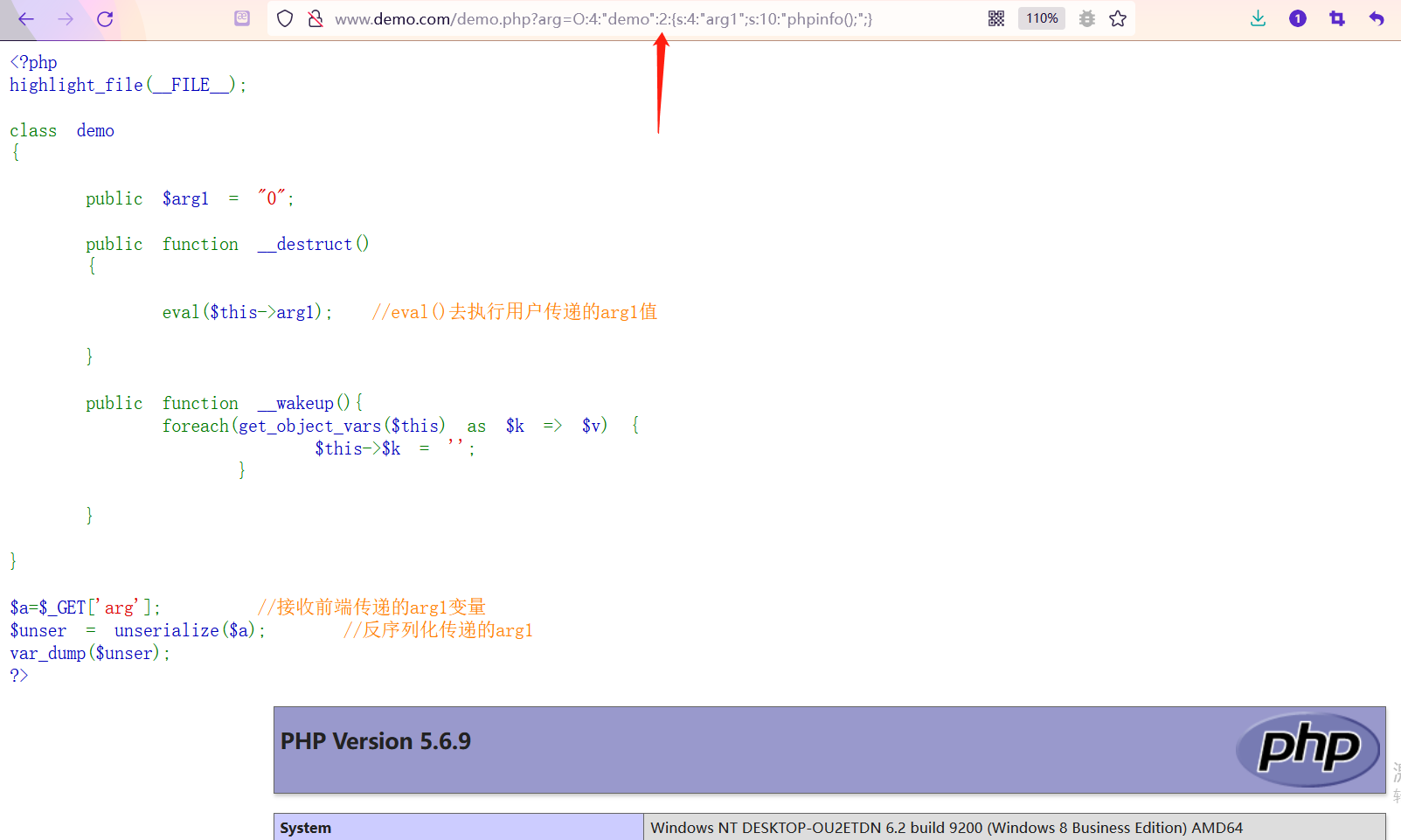
Que savez - vous de la sérialisation et de l'anti - séquence?
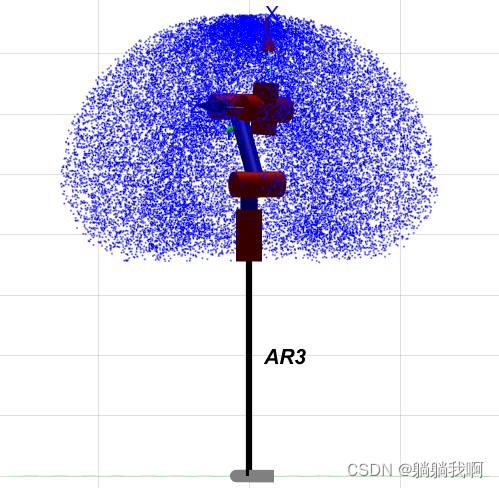
机械臂速成小指南(十):可达工作空间

R data analysis: how to predict Cox model and reproduce high score articles
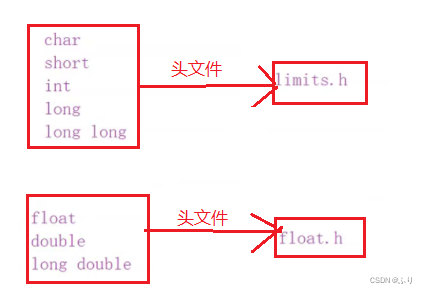
数据的存储

tflite模型转换和量化

预处理——插值

自适应非欧表征广告检索系统AMCAD
Implementation steps of docker deploying mysql8
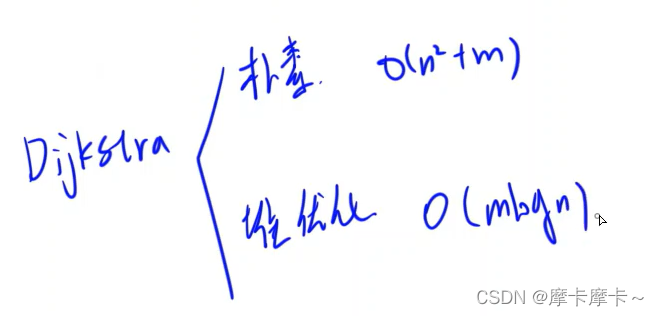
2022夏每日一题(一)

API data interface of A-share index component data
随机推荐
Top 50 hit industry in the first half of 2022
Unity3D在一建筑GL材料可以改变颜色和显示样本
三重半圆环进度条,直接拿去就能用
On file uploading of network security
Baidu map JS development, open a blank, bmapgl is not defined, err_ FILE_ NOT_ FOUND
概率论公式
easyui出口excel无法下载框弹出的办法来解决
Kotlin Android 环境搭建
QT item table new column name setting requirement exercise (find the number and maximum value of the array disappear)
NoSQL之Redis配置与优化
Force buckle ----- path sum III
QT 打开文件 使用 QFileDialog 获取文件名称、内容等
The JSON format of the international area code of the mobile phone number is obtained with PHP
PHP 实现根据概率抽奖
VHDL implementation of single cycle CPU design
Redis源码学习(30),字典学习,dict.h
Docker部署Mysql8的实现步骤
Simple implementation of AVL tree insertion and verification operations
Storage of data
[leetcode] 450 and 98 (deletion and verification of binary search tree)
